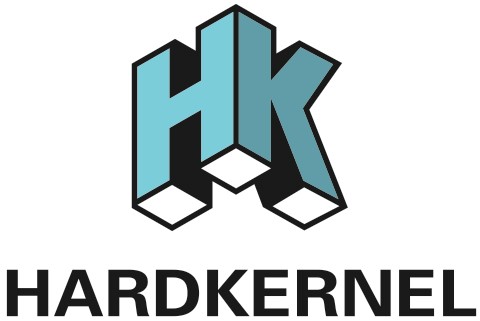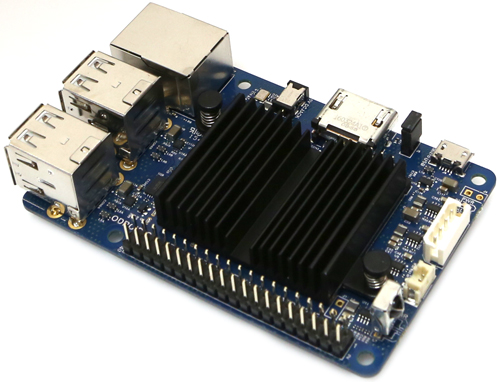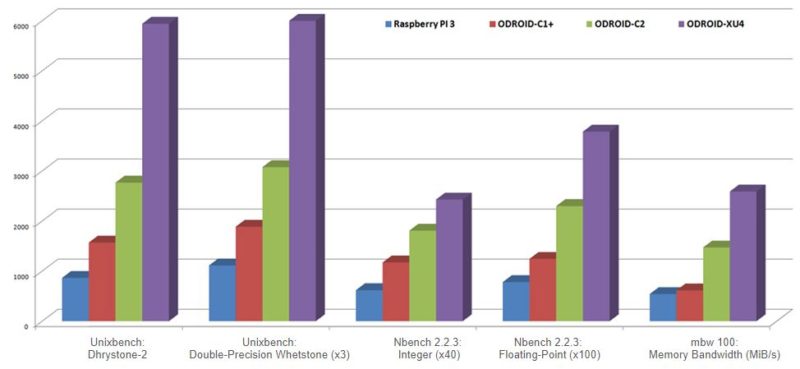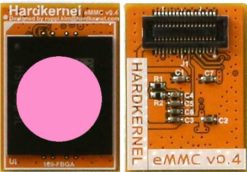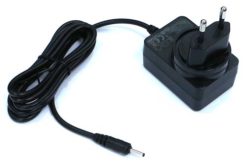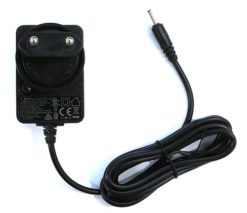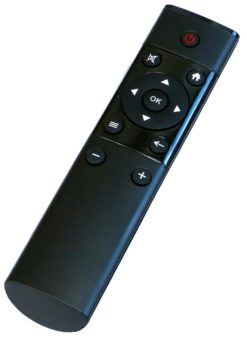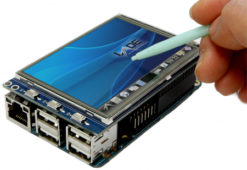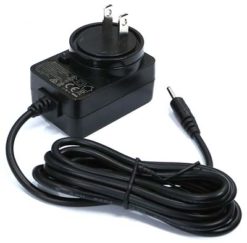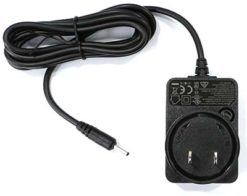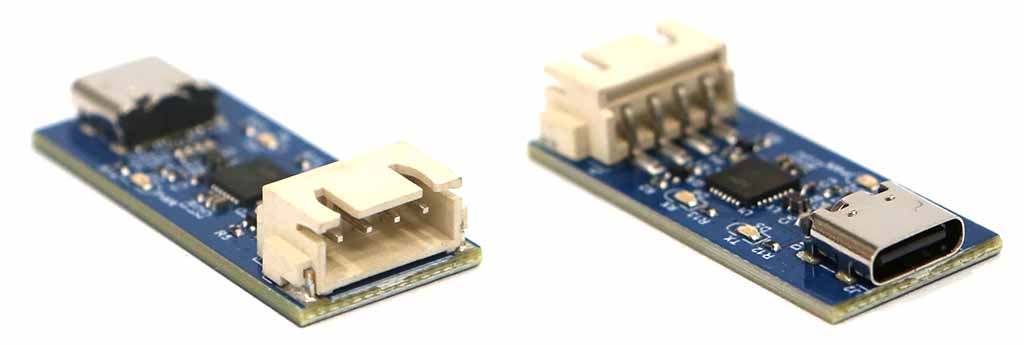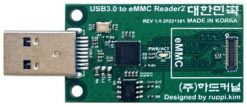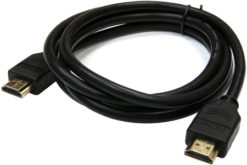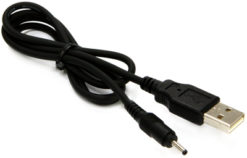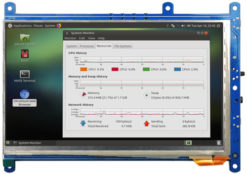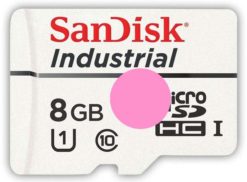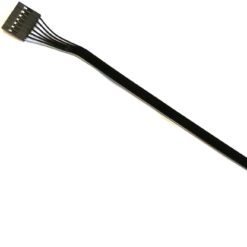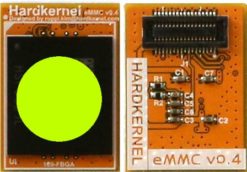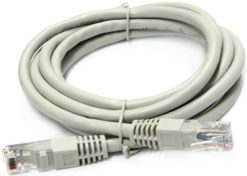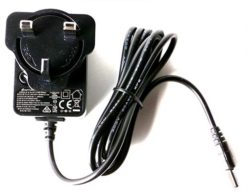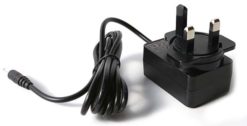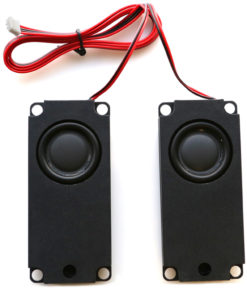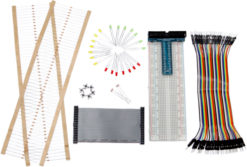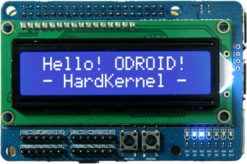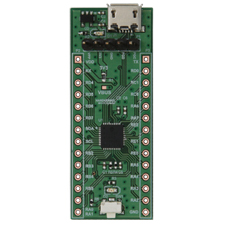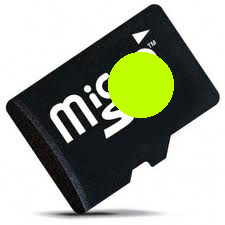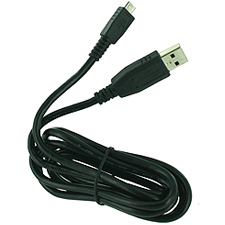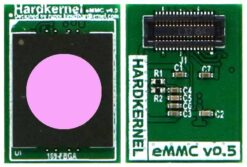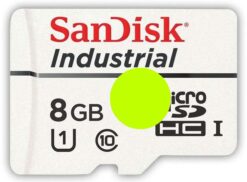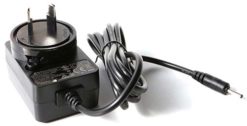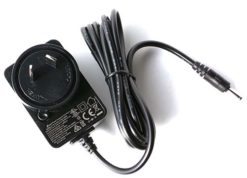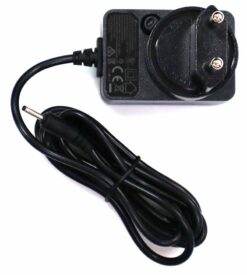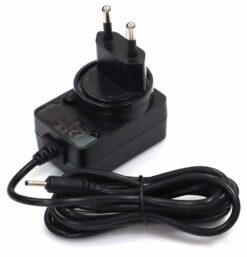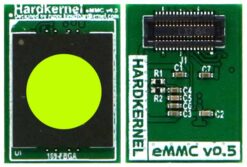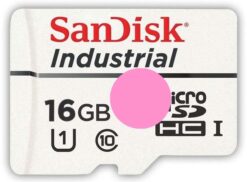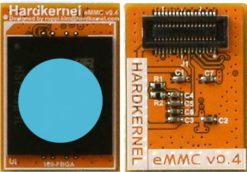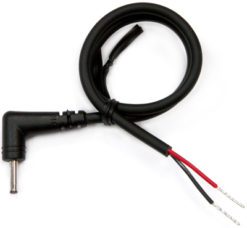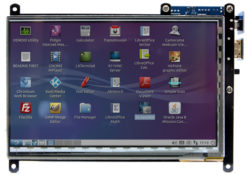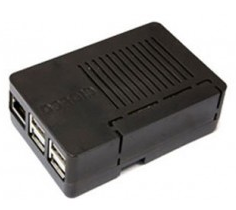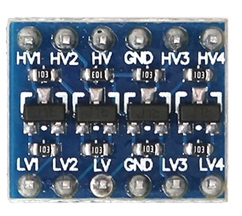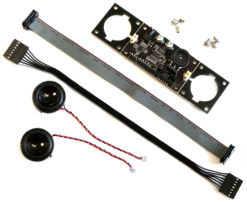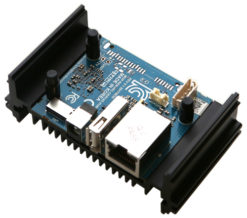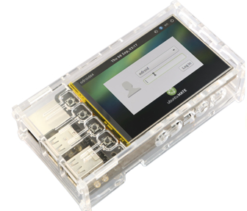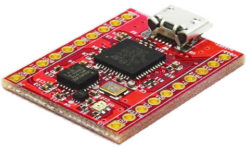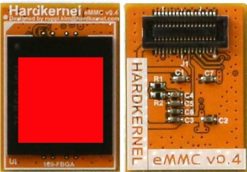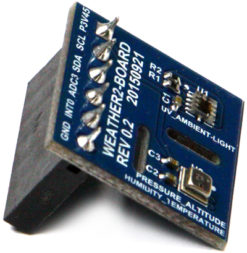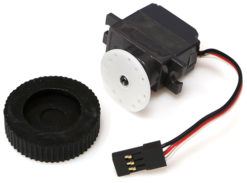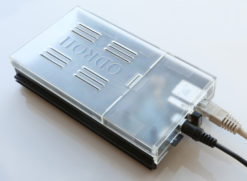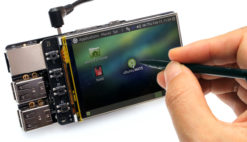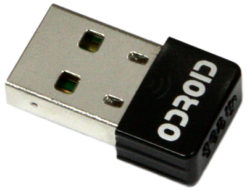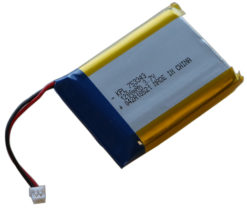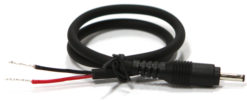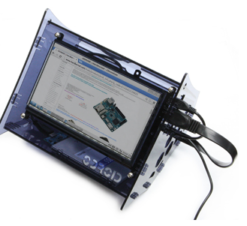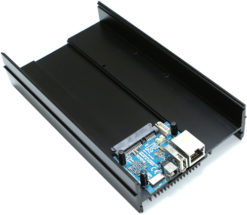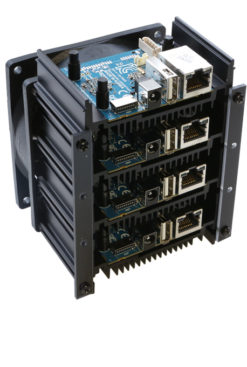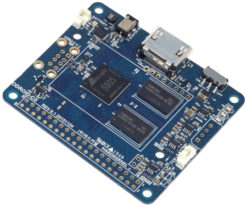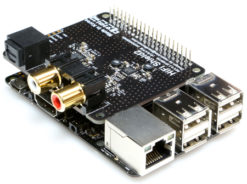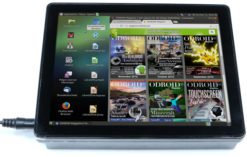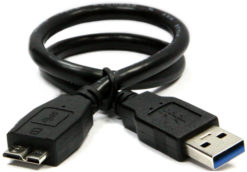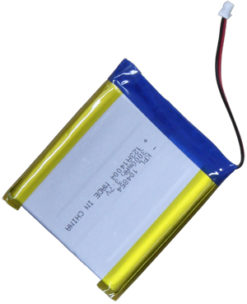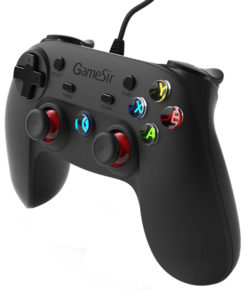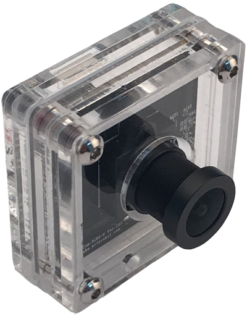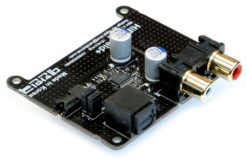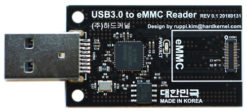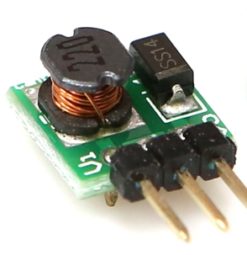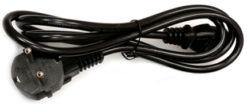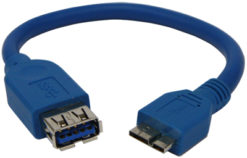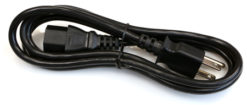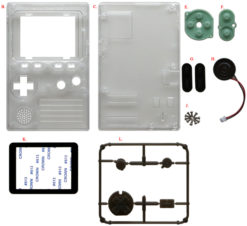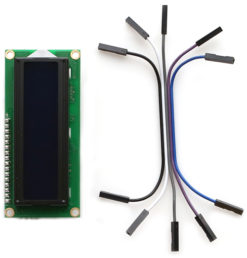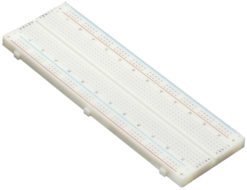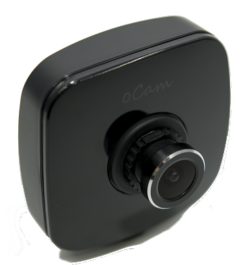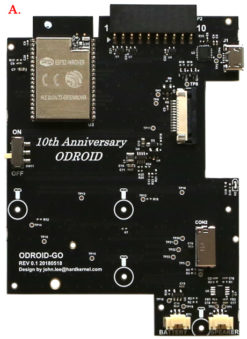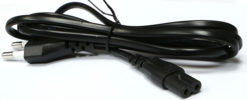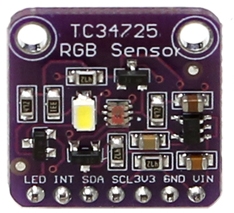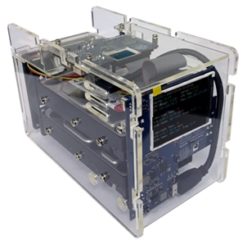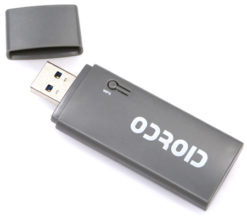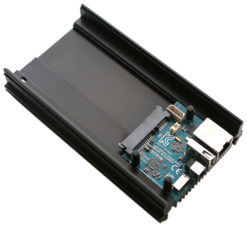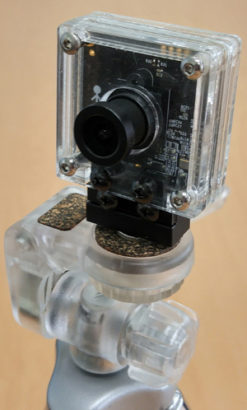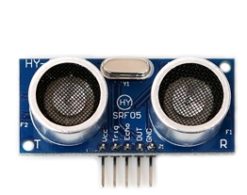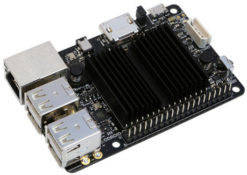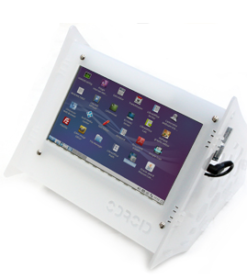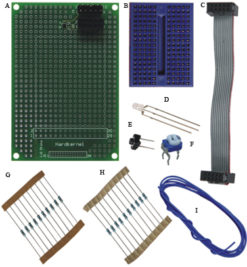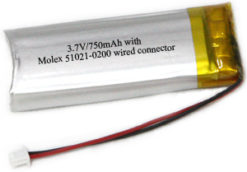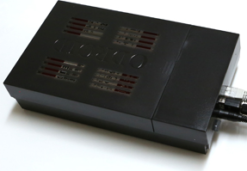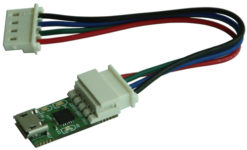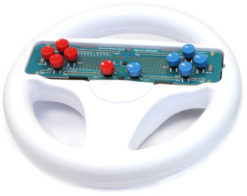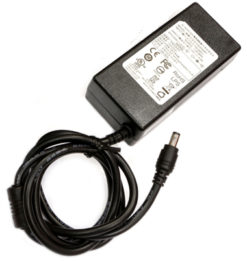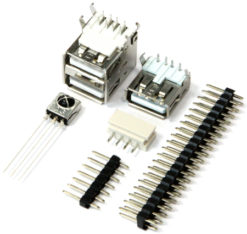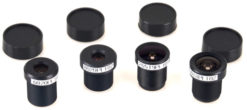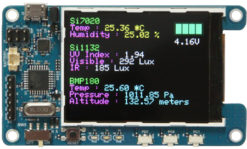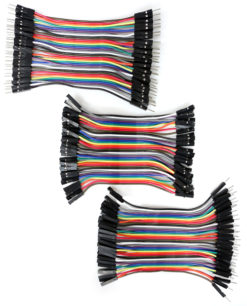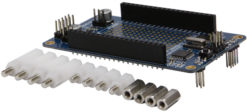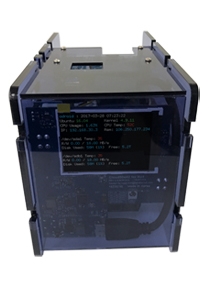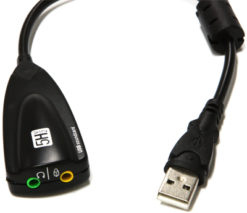(DISCONTINUED)ODROID-C1+
$35.00
OBSOLETED
This product is no longer available.
For Bank transfer
| Tier | Discount rate |
|---|---|
| 25 ~ 99 | 3% |
| 100 ~ 299 | 4% |
| 300 ~ 499 | 5% |
| 500 ~ 999 | 6% |
| 1000 ~ and more | 7% |
Out of stock
All prepared boards were completely sold out. This product is no longer available.
Discontinuation Notice
We would like to inform you that ODROID-C1+ will be discontinued due to the CPU (Amlogic’s S805) supplying discontinuation.
However, we will prepare stocks around 10K over the coming months in order to allow for future planning by all of our customers. So, We expect that it will be last for 6~7 months but, possibly sold out fast.
While we regret any inconvenience this announcement may cause, we are eager to supply your future product requirement with our new products such as ODROID-C4, ODORID-N2+.
We appreciate your cooperation and understanding.
ODROID-C1+
The ODROID-C1+ is esteemed to be the most powerful low-cost single board computer available, as well as being an extremely versatile device. Featuring a quad-core Amlogic processor, advanced Mali GPU, and Gigabit Ethernet, it can function as a home theater set-top box, a general purpose computer for web browsing, gaming and socializing, a compact tool for college or office work, a prototyping device for hardware tinkering, a controller for home automation, a workstation for software development, and much more.
Some of the modern operating systems that run on the ODROID-C1+ are Ubuntu, Android, Fedora, Arch Linux, Debian, and LibreELEC, with thousands of free open-source software packages available. The ODROID-C1+ is an ARM device — the most widely used architecture for mobile devices and embedded 32-bit computing. The ARM processor’s small size, reduced complexity and low power consumption makes it very suitable for miniaturized devices such as wearables and embedded controllers.
* Amlogic ARM® Cortex®-A5(ARMv7) 1.5Ghz quad core CPUs
* Mali™-450 MP2 GPU (OpenGL ES 2.0/1.1 enabled for Linux and Android)
* 1Gbyte DDR3 SDRAM
* Gigabit Ethernet
* 40pin GPIOs + 7pin I2S
* eMMC4.5 HS200 Flash Storage slot / UHS-1 SDR50 MicroSD Card slot
* USB 2.0 Host x 4, USB OTG x 1 (power + data capable)
* Infrared(IR) Receiver
* Ubuntu or Android OS
Because of the above changes, the original cases and heat sinks are not compatible.
OS Image files and BSP source code are available in our WiKi : https://wiki.odroid.com/odroid-c1/odroid-c1
Full User Manual : http://magazine.odroid.com/category/manuals/
* An additional MicroSD card or an eMMC module is required to install the OS. We recommend the eMMC module as it has much higher performance than standard MicroSD cards.
* Remove the Jumper on J8, if you don’t use the USB OTG port as a power input.
It will reduce the power consumption and heat significantly.
INTRODUCTION
Hardware Specification
OpenGL ES and XBMC on Ubuntu
OpenGL ES2.0 with myAHRS+ on Ubuntu
C Tinkering Kit
16×2 LCD+IO Shield
Make Android Game Station
STORY ABOUT THE ODROID-C1
We had received tons of requests for the following model of ODROID-W. So, we started survey for components for ODROID-W2. Finding out the right CPU was the key of this project. Our original target was similar cost and similar performance as ODROID-W. But we realised that we cannot make ODROID-W2 once we reached to Amlogic S805 quad core processor. The performance of Amlogic S805 1.5Ghz quad core processor is outperforming Broadcom BCM2835.
We launched the ODROID-C1 in December 2014 and RPi2 was released in February 2015.
The ODROID-C1 was superseded by the ODROID-C1+ in August 2015.
Here is the comparisons to give you better understanding of ODROID-C1.
ODROID-C1+ vs Raspberry Pi2
Both are Linux-friendly, $35 ARM® single-board computers for various applications and purposes.
Hardware Comparison
The ODROID-C1+ has many advantages over the Raspberry Pi. The processor is an S805 1.5GHz Quad-core from Amlogic with 1GByte DDR3 RAM, Gigabit Ethernet and IR-receiver. The size of this computer is still only 85 x 56 mm with a weight of 40g, and offers silent operation, 2~3W average power usage, and instant portability, since it fits in a shirt pocket.
One powerful feature of the ODROID-C1+ is the row of GPIO (general purpose input/output) pins along the edge of the device. These pins are a physical interface between the board and the outside world. The 40pin interface header includes SPI, I2C, UART, ADC and GPIO function.
An SD 3.01 standard compatible UHS-1 Micro-SD card, as well as the faster eMMC module, can be ordered with the ODROID-C1+, and arrives with the popular Ubuntu operating system already installed. Insert the SD card into the slot, connect a monitor, a keyboard, a mouse, Ethernet and power cable, and that’s all you need to do to use the ODROID-C1+! Browse the web, play games, run office programs, edit photos, develop software, and watch videos right away.
The RTC, IR receiver and ADC features on the ODROID-C1+ offer many options for building great DIY projects
| ODROID-C1+ | RPi 2 Model B | |
| CPU |
Amlogic S805 SoC
4 x ARM® Cortex®-A5 1.5GHz
ARMv7 Architecture @28nm
|
Broadcom BCM2836
4 x ARM® Cortex®-A7 900Mhz
ARMv7 Architecture @40nm
|
| GPU | 2 x ARM® Mali™-450MP 600MHz | 1 x VideoCore IV 250MHz |
| RAM | 1GB 32bit DDR3 792MHz | 1GB 32bit LP-DDR2 400MHz |
| Flash Storage | Micro-SD UHS-1@100Mhz/SDR50 or eMMC storage option | Micro-SD @50Mhz/SDR25, No eMMC storage option |
| USB2.0 Host | 4 Ports | 4 Ports |
| USB2.0 Device / OTG | 1 Port for Linux USB Gadget driver | No |
| Ethernet/LAN | 10/100/1000 Mbit/s | 10/100 Mbit/s |
| Video Output | HDMI | HDMI / Composite RCA |
| Audio Output | HDMI | HDMI / 3.5mm Jack |
| Camera Input | USB 720p | MIPI CSI 1080p |
| Real Time Clock | YES (On-board RTC) | No(unless using an add-on module) |
| IR Receiver | YES (On-board IR Sensor) | No(unless using an add-on module) |
| IO Expansion | 40pin port (GPIO/UART/SPI/I2C/ADC) 7pin port (I2S) : ODROID-C1+ only |
40pin port (GPIO/UART/SPI/I2C/I2S) |
| ADC | 10bit SAR 2 channels | No(unless using an add-on board) |
| Size | 85 x 56mm (3.35” x 2.2”) | 85 x 56mm (3.35” x 2.2”) |
| Weight | 40g (1.41 oz) | 42g (1.48 oz) |
| Price | $35 | $35 |
We ran a simple, popular benchmark called UnixBench, NBench and mbw100 to compare the performance of the popular boards. Tests were done using several manufacturer-provided images based on a clean install, and the “apt-get update && apt-get upgrade” commands were first run to ensure that both boards was up-to-date.
| Benchmarks (Index Score) | Raspberry Pi 3 | ODROID-C1+ | ODROID-C2 | ODROID-XU4 |
| Unixbench: Dhrystone-2 | 865.4 | 1571.6 | 2768.2 | 5941.4 |
| Unixbench: Double-Precision Whetstone (x3) | 1113 | 1887.3 | 3076.8 | 6186.3 |
| Nbench 2.2.3: Integer (x40) | 619.92 | 1173.6 | 1808.92 | 2430.52 |
| Nbench 2.2.3: Floating-Point (x100) | 781.8 | 1245.3 | 2300.3 | 3787.3 |
| mbw100: Memory Bandwidth (MiB/s) | 542.912 | 616.339 | 1472.856 | 2591.461 |
Storage I/O comparison
To obtain the results in the storage I/O comparison graph, type the following lines at a command prompt. The first command tests the write speed, and the second command tests the read speed:
$ dd if=/dev/zero of=test.tmp oflag=direct bs=500K count=1024
$ dd if=test.tmp of=/dev/null iflag=direct bs=500K count=1024
| Media access performance | RPi2 Model B | ODROID-C1+ |
| eMMC Read (MB/s) | NA | 62.2 |
| eMMC Write (MB/s) | NA | 25.1 |
| MicroSD UHS-1 Read (MB/s) | 19.2 | 32.5 |
| MicroSD UHS-1 Write (MB/s) | 13.1 | 14.2 |
If you use the eMMC storage, you can get about two to three times faster storage I/O read performance. However, an affordable microSD UHS-1 card can still achieve reasonably fast speeds thanks to the advanced SD 3.01 host controller in the S805 processor. The MicroSD card read performance on C1+ is still about 1.7 times faster then RPi if you use the UHS-1 memory card.
Ethernet IO comparison
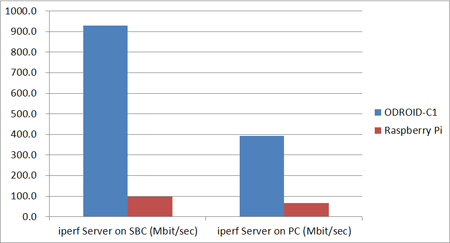 To replicate the results in the Ethernet comparison graph, type the following lines at a command prompt:
To replicate the results in the Ethernet comparison graph, type the following lines at a command prompt:
Server agent on the C1+ and Client agent on the host PC
ruppi@ruppi-desktop:~$ iperf -s 192.168.2.10 -P 10
[SUM] 0.0-10.1 sec 1.10 GBytes 928 Mbits/sec
Server agent on the host PC and Client agent on the C1+
odroid@odroid:~# iperf -c 192.168.2.2 -P 10
[SUM] 0.0-10.0 sec 467 MBytes 392 Mbits/sec
Server agent on the RPi and Client agent on the host PC
ruppi@ruppi-desktop:~$ iperf -c 192.168.2.11 -P 10
[SUM] 0.0-10.3 sec 121 MBytes 98.6 Mbits/sec
Server agent on the host PC and Client agent on the RPi
pi@raspberrypi:~$ iperf -s 192.168.2.2 -P 10
[SUM] 0.0-10.3 sec 81.6 MBytes 66.6 Mbits/sec
Thanks to the Gigabit Ethernet available on the ODROID-C1+, the network performance of C1+ is an impressive six to nine times faster than Raspberry Pi.
As one can see from the testing results, the quad-core 1.5GHz ODROID-C1 can easily outperform the Raspberry Pi 2 board. Many test results show about 140% more performance from the ODROID-C1+ platform. Even though both platforms are Linux-friendly computing devices, the performance to cost ratio is much higher with the ODROID-C1+. If you are considering a tiny computer for general purpose computing, software development, or as a project platform, the ODROID-C1+ will give you a lot more satisfaction and fun with incredible performance for a very low price.
SPECIFICATIONS
| Processor | Amlogic S805 SoC ARM® Cortex®-A5 (ARMv7) 1.5GHz Quad Core ARMv7 architecture @28nm wafer |
| Memory | 1Gbyte DDR3 RAM 792Mhz |
| 3D Accelerator | ARM® Mali™-450 MP2 OpenGL ES 2.0 / 1.1 |
| Flash Storage | eMMC Module Socket : eMMC module (option) MicroSD Card Slot : 8 or 16GB MicroSD UHS-1 (option) |
| USB2.0 Host | High speed standard A type connector x 4 ports |
| USB2.0 Device/OTG | High speed micro USB connector x 1 port |
| Ethernet/LAN | 10/100/1000Mbps Ethernet with RJ-45 Jack (Auto-MDIX support) |
| Video Output | HDMI |
| Audio Output | HDMI |
| Camera Input | USB 720p(option) |
| Real Time Clock | On-board RTC function with a backup battery connector |
| IO Expansion | 40pin port (GPIO/UART/SPI/I2C/ADC) 7pin port (I2S) |
| WiFi | USB IEEE 802.11b/g/n 1T1R WLAN with Antenna (USB module) (option) |
| Power | 5V 2A Power (option) |
| System Software | Ubuntu 14.04 + OpenGL ES on Kernel 3.10 LTS or latest Android 4.4.x on Kernel 3.10 LTS or latest Full source code is accessible via our Github. |
| PCB Size | 85 x 56 x 18 mm approx. (Weight : 40 gram w/o heat sink, 56 gram with heat sink) PCB Thickness : 1.0mm |
Compatible Products
Dollar Shop
Dollar Shop
Cables
Dollar Shop
Add-on Boards
Dollar Shop
Dollar Shop
Related products
Obsolete Products
Obsolete Products
Obsolete Products
Obsolete Products
Obsolete Products
Obsolete Products
Obsolete Products
Obsolete Products
Obsolete Products
Obsolete Products
Obsolete Products
Obsolete Products
Obsolete Products
(DISCONTINUED)ODROID-VU7A Plus: 7inch HDMI display with Multi-touch and Audio capability
Obsolete Products
Obsolete Products
Obsolete Products
Obsolete Products

 한국어
한국어